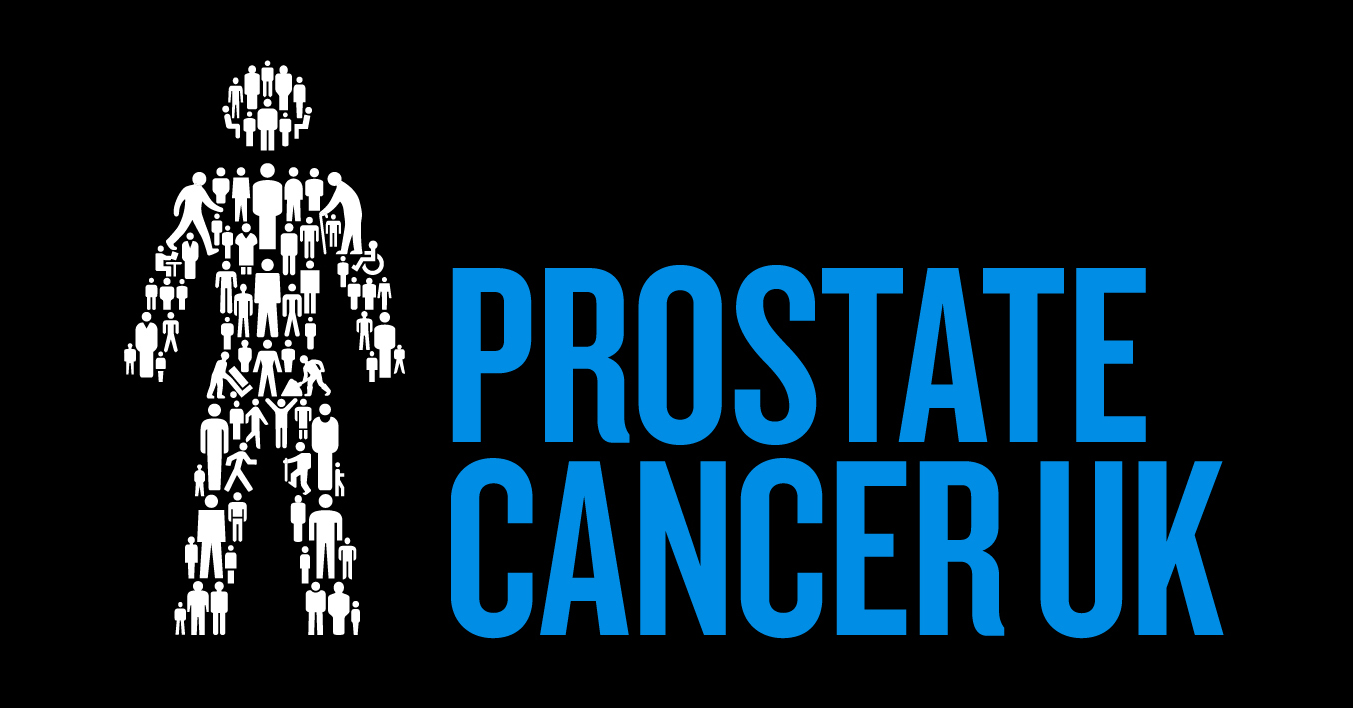RIDDOR is the law that requires employers, and other people in control of work premises, to report and keep records of:
- Work-related accidents which cause death
- Work-related accidents which cause certain serious injuries (reportable injuries)
- Diagnosed cases of certain industrial diseases and certain ‘dangerous occurrences’ (incidents with the potential to cause harm)
Further changes effective from 1st October 2013 aimed at simplifying the process of RIDDOR have now come into play.
New Classifications
The first of the changes is the reclassification of ‘major injuries’ to shortened list of ‘Specified Injuries.’ These ‘Specified Injuries’ are as follows:
- Fractures – to any bone that is not found in the fingers, thumbs and toes as diagnosed by a medical professional.
- Amputation – of an arm, hand, finger, thumb, leg, foot or toe.
- Blindness – or any injury diagnosed by a registered medical practitioner as being likely to cause permanent blinding or reduction in sight in one or both eyes.
- Crush – injuries to the head or torso causing damage to the brain or internal organs in the chest or abdomen.
- Burns – injuries (including scalding) which covers more than 10% of the whole body’s total surface area or causes significant damage to the eyes, respiratory system or other vital organs.
- Scalping – of any degree of requiring hospital treatment.
- Unconsciousness – caused by head injury or asphyxia.
- Hypothermia or heat-induced illness – that requires resuscitation or admittance to hospital.
New Disease Classification
The second change is that the previous list of 47 types of industrial disease have been replaced with eight categories of reportable work-related illness:
- Carpal Tunnel Syndrome – where the person’s work involves regular use of percussive or vibrating tools.
- Cramp – in the hand or forearm where the person’s work involves prolonged periods of repetitive movement of the fingers, hand or arm.
- Occupational dermatitis – where the person’s work involves significant or regular exposure to a known skin sensitizers or irritant.
- Hand Arm Vibration Syndrome – where the person’s work involves regular use of percussive or vibrating tools, or the holding of materials which are subject to percussive processes, or processes causing vibration.
- Occupational asthma – where the person’s work involves significant or regular exposure to a known respiratory sensitizer.
- Tendinitis or tenosynovitis – in the hand or forearm, where the person’s work is physically demanding and involves frequent, repetitive movements.
- Any cancer – attributed to an occupational exposure to a known human carcinogen or mutagen (including ionising radiation).
- Any disease – attributed to an occupational exposure to a biological agent.
Deadline
The deadline by which such reports must be made will also increase from the current 10 days to 15 days.
To report such events there have previously been a variety of ways available. What is becoming clear is that the HSE prefer all reports now to be made via their web-site. We understand that telephone reports will be accepted but only for “major” or “fatal” injury categories.
Trigger Point
The trigger point for absence related reporting has increased from 3 to 7 days. The previous “over three day” injury report will now become an “over seven day” report.
Remember that the day on which the accident happened does not count towards the period of incapacity and “Incapacitation” means that the worker is absent, or is unable to do work that they would reasonably be expected to do as part of their normal work duties.
This new trigger point ties in with Doctor’s medical notes, which are required for absences which extend into 8 or more calendar days of incapacity.
What Won’t Change
Some things won’t change however, it is still vital to create and retain an internal record of all accidents that require three days from attending work. The monitoring of these more minor accidents is essential to help identify trends, training requirements and risk assessment information for example.
These measure will also help improve your health and safety policy (which should be updated to catch up and to try help prevent make sure that those responsible for accident monitoring and reporting in your organisation are fully aware of these new requirements.
There are no significant changes to the reporting requirements for fatal accidents, accidents to non-workers (members of the public), accidents resulting in a worker being unable to perform their normal range of duties for more than seven days.
For more information about the bespoke insurance coverage we offer at Club Insure Ltd for your sports or social club, contact us on 0844 844 9204 or use our enquiry form. To find out more about RIDDOR and how to report an injury, go to their website.







